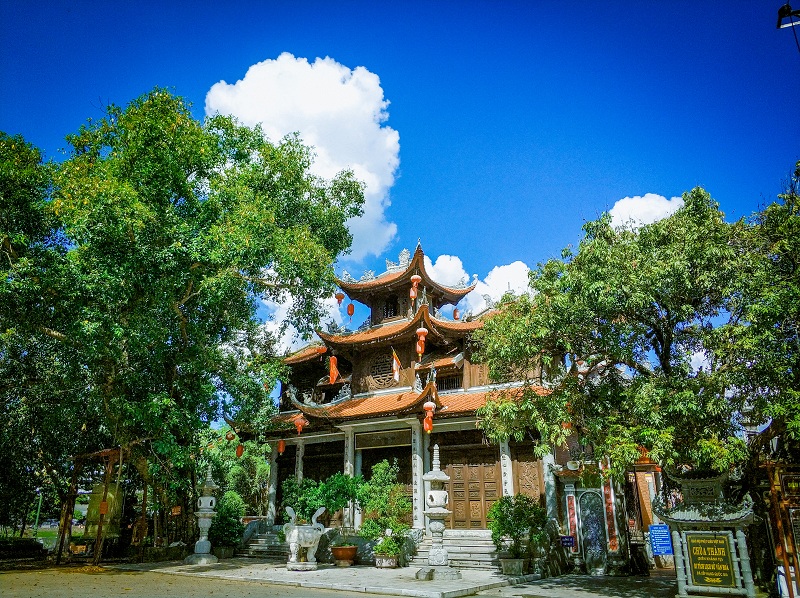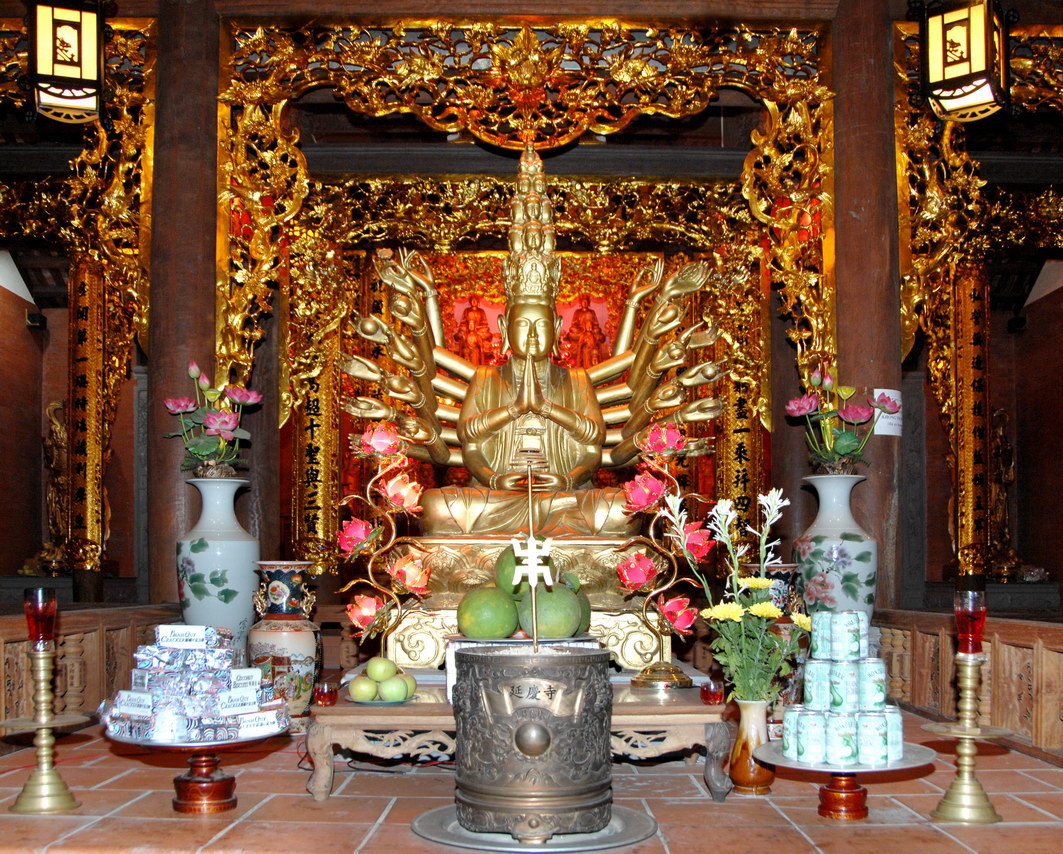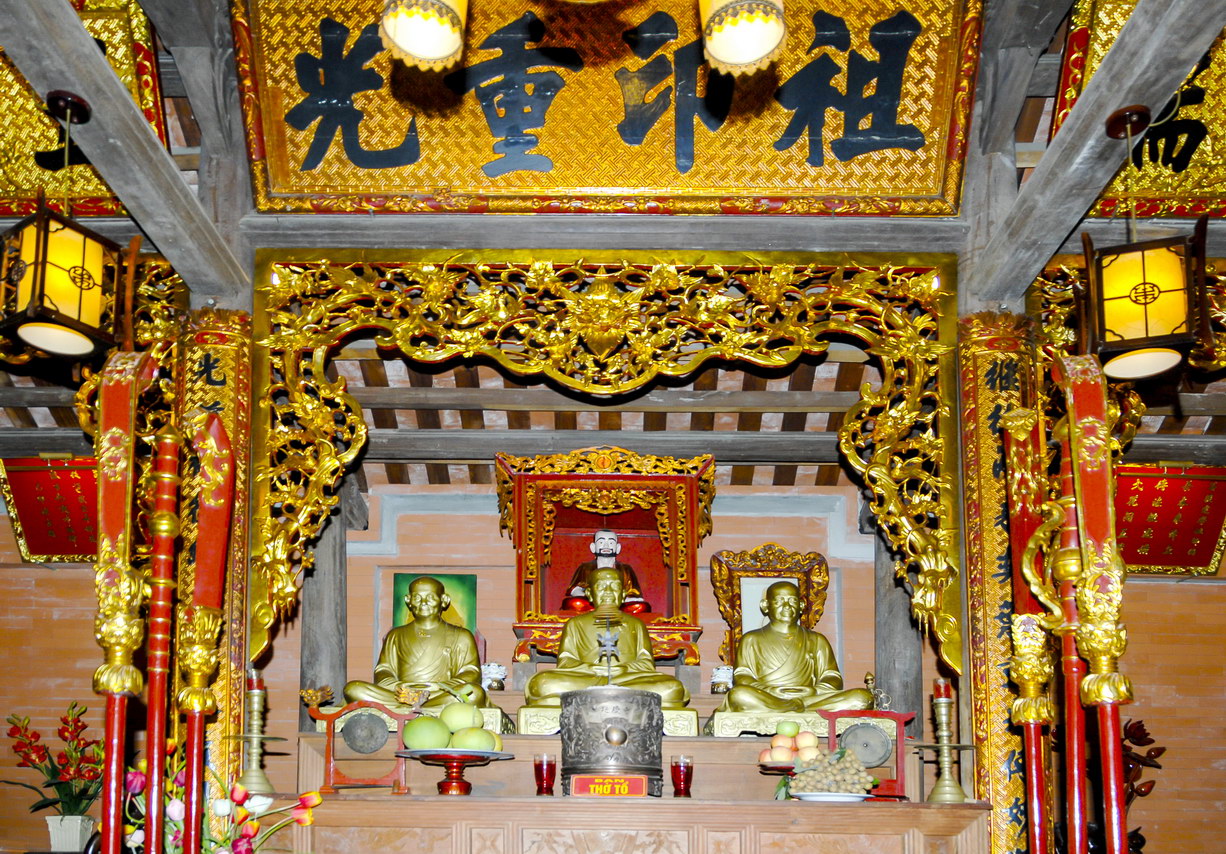Thanh Pagoda
Thành Pagoda, also known by its formal name Diên Khánh Tự, is one of the most significant and ancient Buddhist temples in Lạng Sơn Province. Located peacefully beside the poetic Kỳ Cùng River, this sacred site plays a vital role in the spiritual and cultural life of the local people. It is recognized as a national historical and cultural relic, drawing pilgrims, historians, and travelers alike.
1. History and Background
Thành Pagoda is believed to have been built during the early Lê Dynasty (15th–16th century). Over centuries, it has been restored and expanded while maintaining its traditional architectural style and spiritual essence. The pagoda has long served as a place of worship and a gathering point for Buddhist practitioners and scholars.
Its formal name, Diên Khánh Tự, means "the temple of lasting peace and happiness," reflecting the temple’s original mission to promote peace and compassion in the region.
As one of the oldest pagodas in the province, it holds great historical value and continues to be a cornerstone of Buddhism in the northern mountainous region of Vietnam.
2. Architecture and Design
Thành Pagoda features traditional Vietnamese Buddhist architecture with some unique local adaptations. Built mostly from wood and stone, the pagoda showcases simplicity, balance, and harmony with nature.
Architectural highlights include:
-
Tam Quan Gate (Three-Entrance Gate): A classical structure symbolizing the Buddhist path of liberation: emptiness, form, and desire.
-
Main Hall (Chánh điện): Home to statues of the Three Buddhas (Tam Thế Phật) and Guanyin (Quan Âm), set against intricate carvings and red lacquered woodwork.
-
Ancient Bell Tower: Houses a large bronze bell used during prayer and ceremonial times.
-
Stone Steles and Inscriptions: Providing historical records of the pagoda and tributes from past scholars and monks.
-
Peaceful Garden Courtyard: A shaded area for visitors to walk, reflect, and offer incense.
The location beside the Kỳ Cùng River adds a serene backdrop, creating a perfect blend of spirituality and natural beauty.
3. Spiritual and Cultural Significance
Thành Pagoda is not only a place of worship but also a cultural heritage site that plays a vital role in:
-
Hosting Buddhist festivals, especially during Lunar New Year and Vesak
-
Daily practice and chanting by local monks and lay practitioners
-
Spiritual education, where Buddhist teachings are passed on through generations
-
Cultural preservation, keeping traditional rituals, architecture, and art alive
Many people visit the pagoda to pray for peace, health, and happiness, and to find inner calm amid life’s challenges.
4. Visiting Tips
-
Location: Hùng Vương Street, Chi Lăng Ward, Lạng Sơn City, Lạng Sơn Province
-
Opening Hours: 6:30 AM – 5:30 PM daily
-
Entrance Fee: Free (donations welcomed)
-
Best Time to Visit: Early morning or during festivals like Tết or Vu Lan
-
Dress Code: Modest and respectful clothing is required
-
Getting There: The pagoda is centrally located and easy to reach by taxi, motorbike, or on foot from many city hotels
5. How to Enjoy Your Visit
-
Begin at the Tam Quan Gate, observing the architecture and entering with a quiet, respectful mind
-
Light incense sticks and offer prayers at the main altar
-
Take time to walk the grounds, admire the stone carvings, and listen to the flowing river nearby
-
If visiting during a festival, enjoy traditional rituals, chanting, and local vegetarian offerings
-
Spend a few minutes in silence under a tree or near the bell tower to absorb the tranquil atmosphere
Conclusion
Thành Pagoda (Diên Khánh Tự) is a spiritual sanctuary and cultural treasure of Lạng Sơn. With its historic significance, graceful architecture, and peaceful riverside setting, the pagoda offers visitors a unique blend of Vietnamese Buddhism, natural beauty, and timeless tradition. Whether you seek spiritual insight or a deeper connection to Vietnamese heritage, Thành Pagoda is a destination that will leave a lasting impression.




